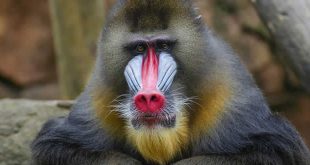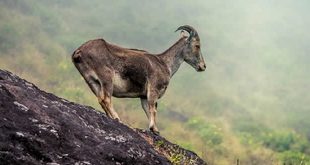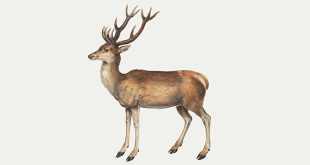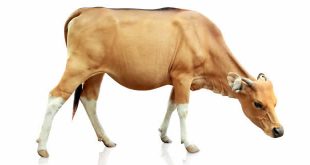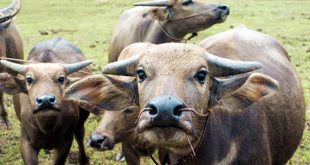 Gibbon — Gibbons are the small apes in the family Hylobatidae. The family is divided into four genera based on their diploid chromosome number: Hylobates (44), Hoolock (38), Nomascus (52), and Symphalangus (50). The extinct Bunopithecus sericus is a gibbon or gibbon-like ape which, until recently, was thought to be closely related to the Hoolock gibbons. Gibbons occur in tropical and subtropical rainforests from northeast India to Indonesia and north to southern China, including the islands of Sumatra, Borneo and Java.
Gibbon — Gibbons are the small apes in the family Hylobatidae. The family is divided into four genera based on their diploid chromosome number: Hylobates (44), Hoolock (38), Nomascus (52), and Symphalangus (50). The extinct Bunopithecus sericus is a gibbon or gibbon-like ape which, until recently, was thought to be closely related to the Hoolock gibbons. Gibbons occur in tropical and subtropical rainforests from northeast India to Indonesia and north to southern China, including the islands of Sumatra, Borneo and Java.
Also called the lesser apes, gibbons differ from great apes (chimpanzees, gorillas, orangutans and humans) in being smaller and pair-bonded, in not making nests, and in certain anatomical details in which they superficially more closely resemble monkeys than great apes do. Gibbons are masters of their primary mode of locomotion, brachiation, swinging from branch to branch distances of up to 15 m (50 ft), at speeds as much as 56 km/h (35 mph). They can also make leaps of up to 8 m (27 ft), and walk bipedally with their arms raised for balance. They are the fastest and most agile of all tree-dwelling, non-flying mammals.
Gibbons are social animals. They are strongly territorial, and defend their boundaries with vigorous visual and vocal displays. The vocal element, which can often be heard for distances of up to 1 km, consists of a duet between a mated pair, their young sometimes joining in. In most species, males, and in some also females, sing solos that attract mates as well as advertise their territory. The songs can make them an easy find for poachers who engage in the illegal wildlife trade and in sales of body parts for use in traditional medicine.
The gibbons’ ball-and-socket joints allow them unmatched speed and accuracy when swinging through trees. Nonetheless, their mode of transportation can lead to hazards when a branch breaks or a hand slips, and researchers estimate that the majority of Gibbons fracture their bones one or more times during their lifetimes.
Most species are threatened or endangered, most importantly from degradation or loss of their forest habitat. Gibbon species include the Siamang, the White-handed or Lar Gibbon, and the hoolock gibbons. The Siamang, which is the largest of the 13 species, is distinguished by having two fingers on each hand stuck together, hence the generic and species names Symphalangus and syndactylus.
 Kids Portal For Parents India Kids Network
Kids Portal For Parents India Kids Network
